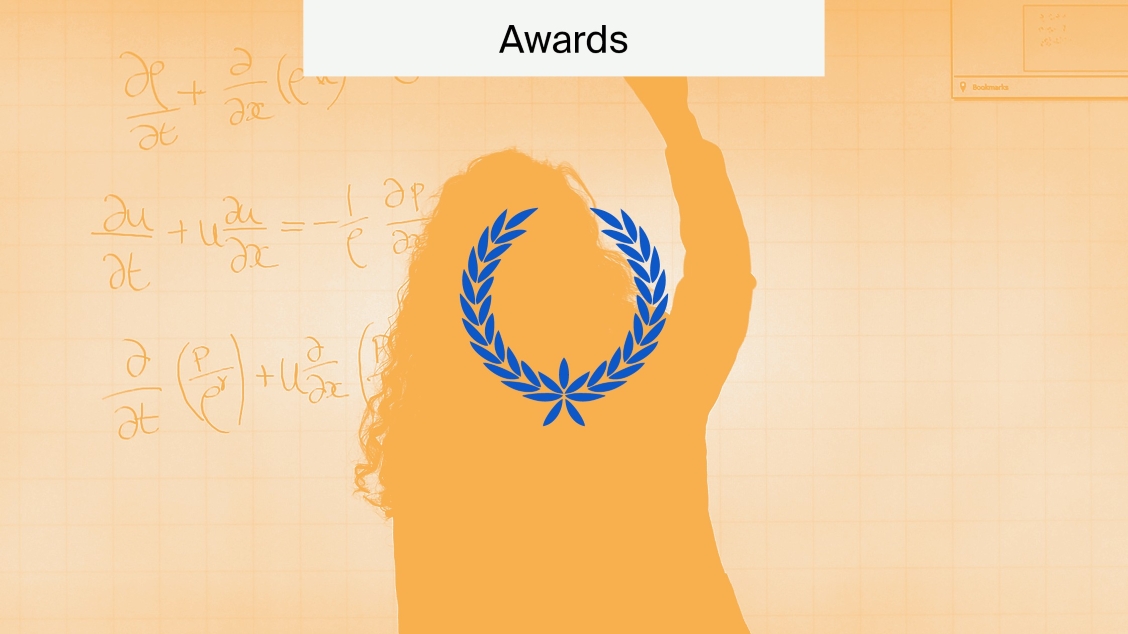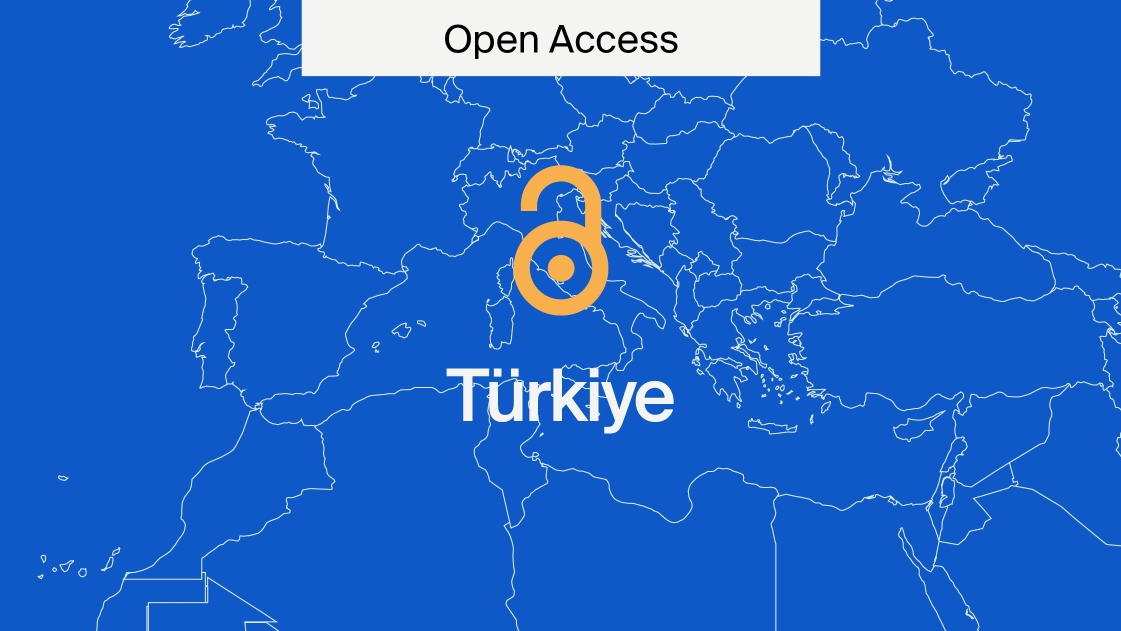
Commas vs. Semicolons
Commas and semicolons are some of the most commonly used punctuation marks. They are also, often, misused. While there is some amount of flexibility in their use, you want to do your best to make sure that you’re using them correctly.
When we start talking about how to use these three punctuation marks correctly, we should start by talking about independent clauses.
What is an independent clause?
An independent clause is when you have a subject and a verb, and the sentence expresses a complete idea or thought. For example:
“The moon revolves around the Earth.”
Here, our subject is the moon and the verb is “revolves”.
If we’re going to talk about independent clauses, we should clarify the difference between it and a dependent clause. Dependent clauses, much like independent clauses, have a subject and a verb, but not a complete idea. For example,
“When I studied for my quiz.”
There is no complete idea as something else is needed here for the sentence to make sense.
Commas and independent clauses
With longer independent clauses, you want to use a comma to break up the sentence when conjunctions don’t work.
“I finished painting a work of art, but they are having trouble selling it.“
In a shorter case, no comma is needed.
“I finished painting the wall and the ceiling.”
This is more like a single idea, and “and the ceiling” isn’t a complete idea, so it belongs to the first part of the sentence. Consider that if you only have one clause (a subject and a verb pairing) you probably don’t need a comma before the conjunction.
Semicolons and independent clauses
Semicolons should be used when two sentences can be connected because they discuss the same thing. They are a continuation of an idea, and not two separate ones. For example:
“I went to the mall. I ate lunch at the food court.”
Both of these independent clauses are fine, but the sentences both are about being at the mall so they can be combined.
“I went to the mall; I ate lunch at the food court.”
This is an acceptable way to use a semicolon. The reason you wouldn’t use a comma here is because both parts (“I went to the mall” and “I ate lunch at the food court”) are complete independent clauses, namely, they express a complete idea or thought. Using a comma here is called a comma splice. Another important thing to remember about semicolons is that using conjunctions with them would be incorrect.
“I went to the mall; and I ate lunch at the food court.”
The “and” is unnecessary here and is incorrect.
You can also use semicolons for lists.
Semicolons and lists
Semicolons are often used in what is called a “complicated list”. Complicated lists are when several pieces of information are given, but comma use would be confusing. You can imagine this as a case where additional information is given, but the connection between items in the sentence is unclear.
Let’s look at this example:
“We went to many places along the way, including Canada, the USA, Paris, France, and the capital of the country.”
This sentence can be confusing because it sounds like Paris, France and “the capital of the country” are three different places when they are not.
“We went to many places along the way, including Canada; the USA; Paris, France, the capital of the country.”
Commas vs. semicolons
Using commas and semicolons has some amount of flexibility. The important thing is to understand some of the basic rules. If you need help with your commas and semicolons (as well as other grammatical issues), a great idea is to hire an editor to check your work.
We can help you edit your project

Understanding commas and semicolons can be challenging and time-consuming, so choosing editing services that work for you is important. There are many more tricky concepts to grasp within English to ensure your work is accurate. It always pays off to have a professional look at your work. If you need a quick basic edit or a comprehensive specialist edit, MDPI can help. If you’re still not sure, don’t have time, or want a pro to look at your references, let our skilled English Editors help. Visit MDPI Author Services now for a free estimate for fast, accurate, and professional editing.











Correct version ..
“We went to many places along the way, including Canada; the USA; Paris, France; the capital of the country.”
Hello,
Since the clause ‘the capital of the country’ is referring to Paris, France, there would be no semicolon after France as indicated in your example. This is because the semicolon would indicate that ‘the capital’ is another item in the list, and it would be unclear which country it is referring to.
Here is the correctly punctuated sentence:
“We went to many places along the way, including Canada; the USA; Paris, France, the capital of the country.”
I hope this is helpful for you.